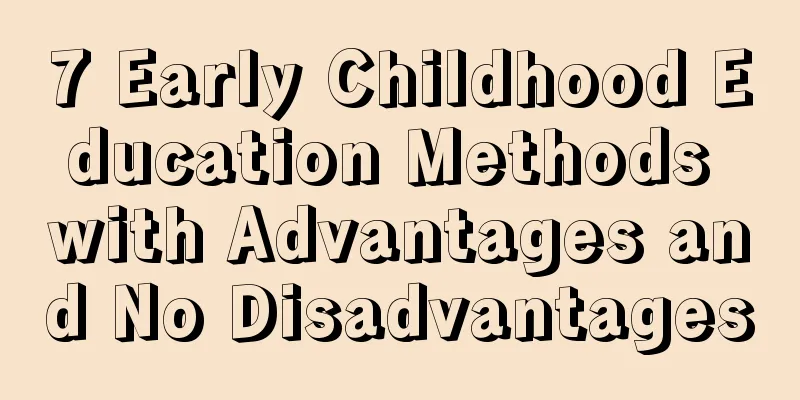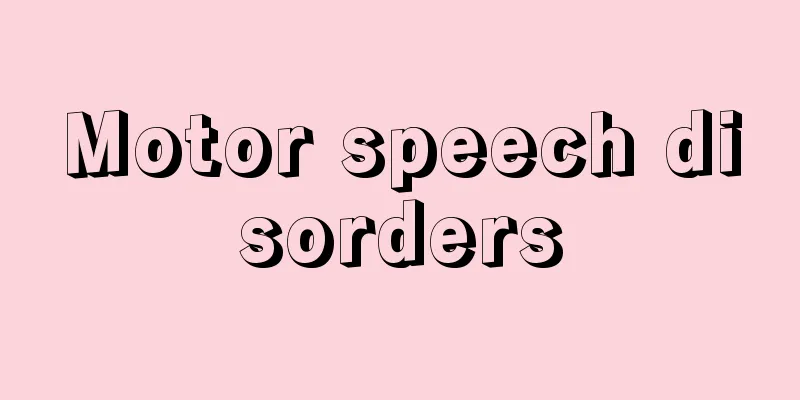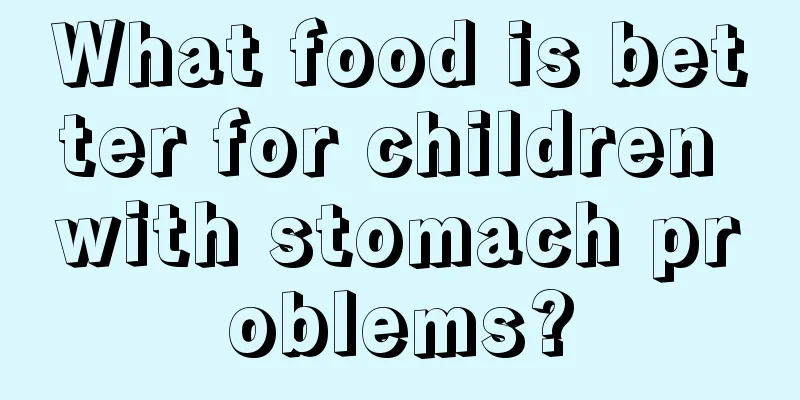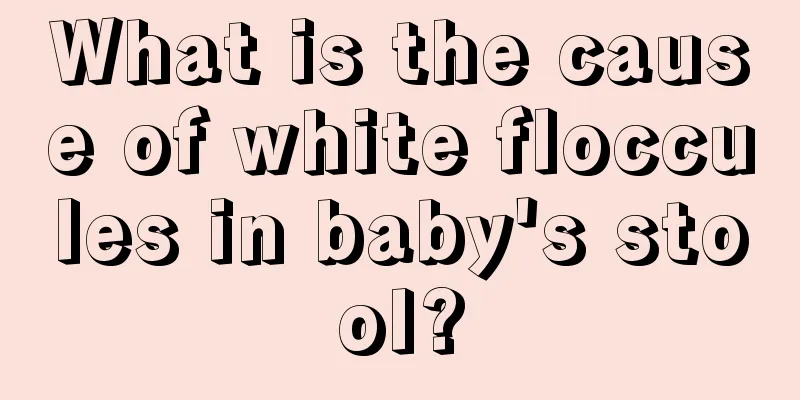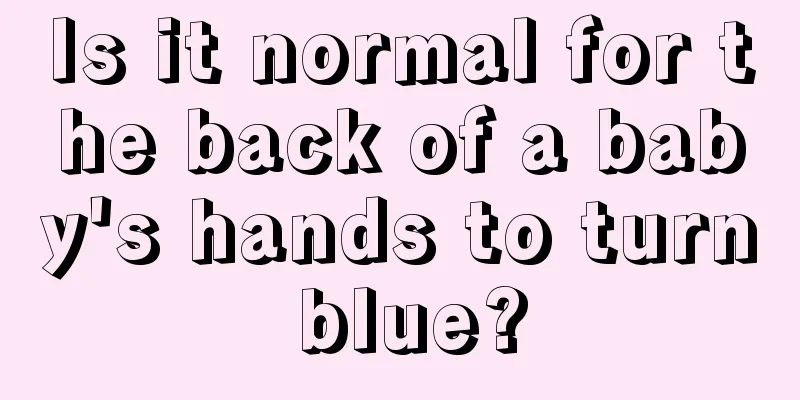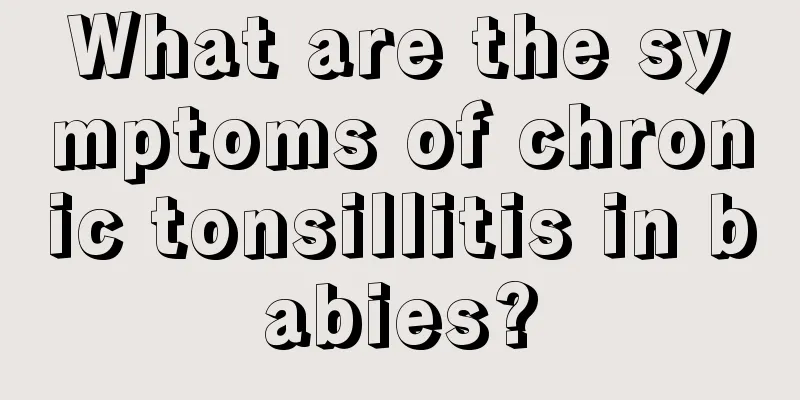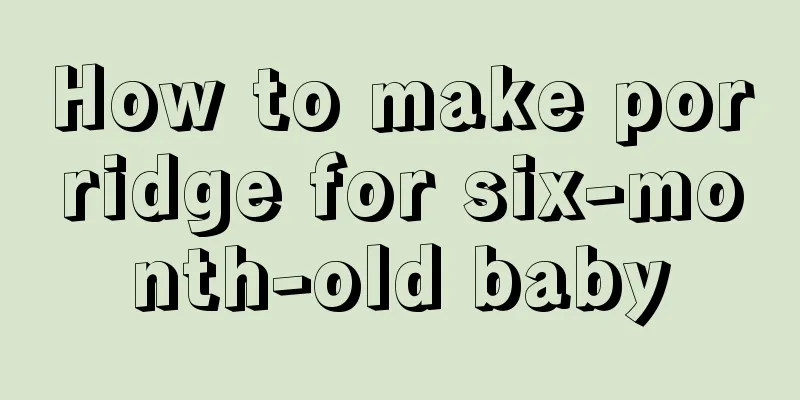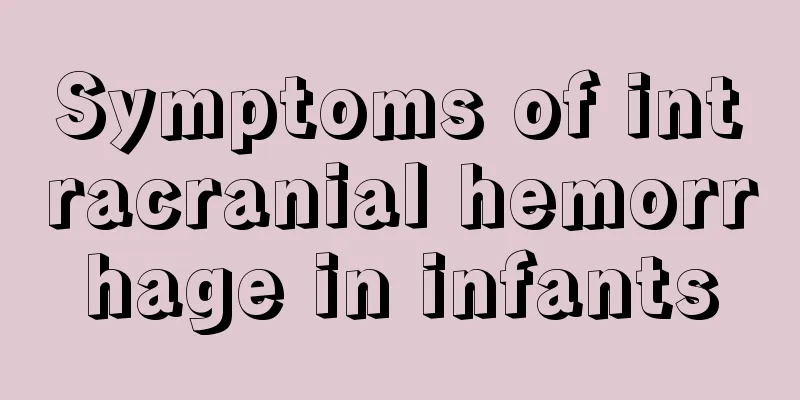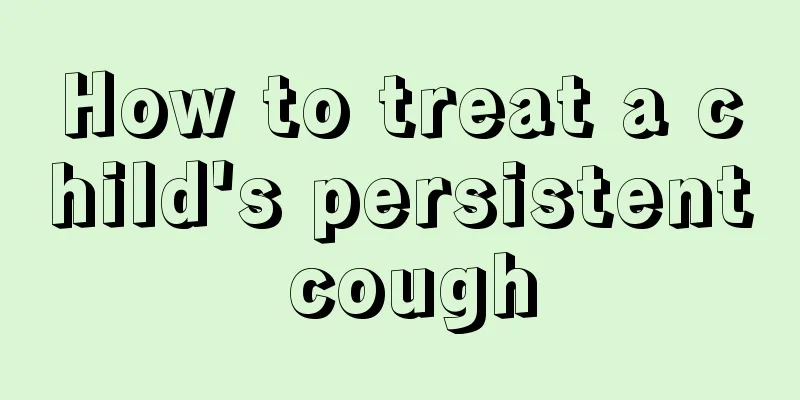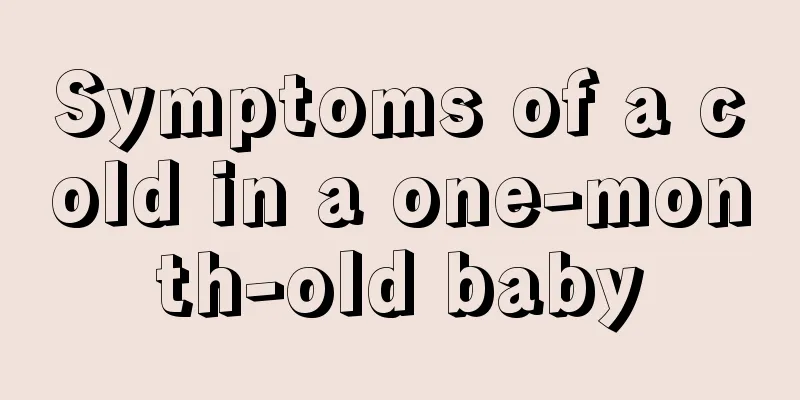What to do if a child has myocardial damage
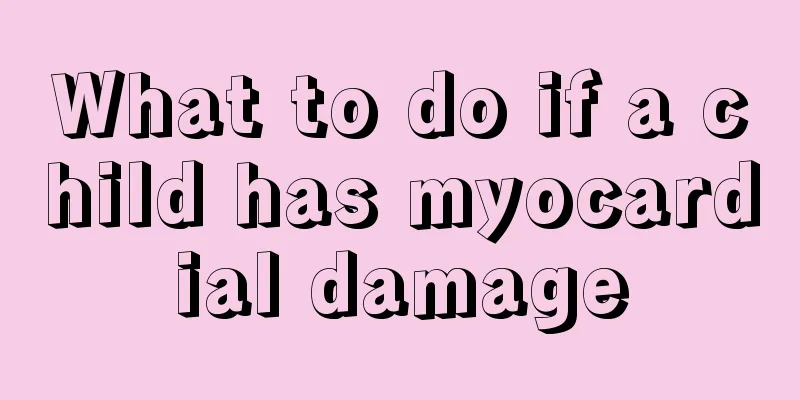
|
We are taught to respect the elderly and love the young since childhood. In fact, there is a reason for this, because the elderly and children are vulnerable groups in every way. From a physical perspective, young children's various skills have not begun to develop, while the elderly's skills have begun to degenerate, so we need to be especially careful when taking care of them. Children are very fragile, and a cold may cause myocardial damage, but parents should not worry too much, but they cannot just ignore it. The following editor will lead everyone to understand what myocardial damage is. Regarding myocardial damage in children, we first explore whether neonatal hyperbilirubinemia causes damage to the myocardium. Myocardial damage in children is a common disease. It is generally recognized that the disease can damage the human central nervous system. However, there are relatively few reports on the impact of high cholesterol on the myocardium in China. Therefore, myocardial damage in children has always been a topic that we need to pay great attention to. Myocarditis is a localized or diffuse inflammation of the myocardium, which may originate in the myocardium or be part of a systemic disease. It's not just limited to myocardial damage. Children with myocarditis often first experience cold symptoms, such as fever, cough, sore throat, runny nose, general discomfort, nausea and vomiting, abdominal pain, diarrhea, and some also have joint pain and muscle pain. Slowly, these symptoms improve or disappear, and signs of heart abnormalities begin to appear: the heartbeat speeds up or slows down significantly, or stops beating or becomes irregular. The baby is listless, pale, weak, sweaty, has a poor appetite or repeatedly experiences nausea and vomiting, and has upper abdominal pain; or complains of headaches, dizziness, palpitations, chest tightness, discomfort or pain in the precordial area. In severe cases, symptoms of heart failure such as facial swelling, inability to lie flat, and shortness of breath may also be seen. To treat myocarditis, you can take some Chinese medicine - Myocarditis (Recovery) Soup, which is effective in treating myocarditis, is green, safe, has no side effects, and can also strengthen the body. Below, the editor will talk about some dietary considerations for children after myocardial damage. Be sure to read it and don’t ignore these so-called details! 1. Patients with myocarditis should avoid smoking and drinking! 2. Eat more fresh vegetables, fresh fruits, vegetables, high-calorie, high-protein foods, etc. The diet should be light, and it is not advisable to eat too salty, greasy or spicy foods, so as not to increase the burden on the heart. 3. Supplement vitamin C, E, and unsaturated fatty acids (cherry oil or salmon oil) according to the product instructions. Protect cardiomyocytes. After reading the editor’s summary, I believe everyone has more or less understood myocardial damage. If you have children at home, or if your relatives or friends have children, you should be more careful. Although myocardial damage in children is not a particularly serious disease, wouldn’t it be better if they didn’t get the disease? Why let children suffer? So save it quickly! |
<<: Methods to improve baby's cold, cough and phlegm
>>: Why does the child look bad?
Recommend
What is the reason for the baby's twitching when sleeping?
Babies twitching while sleeping is a symptom that...
How to treat rhinitis in children
For parents, it is quite difficult for children t...
What should I do if my newborn baby doesn’t poop for two days?
Are there any mothers who have had the experience...
What is the cause of hydrocele in children?
The phenomenon of hydrocele in children occurs fr...
What is the reaction of indigestion in a one-month-old baby?
For newborns, since the functions of their digest...
Will a scratch on a child's face leave a scar?
No matter it is a boy or a girl, if there is a ch...
Newborn milking method
From ancient times to the present, our ancestors ...
How should I treat my baby who has a fever and poor appetite?
If the baby has a fever, it will affect the appet...
Diagnostic criteria for anemia in children
Anemia is a symptom that has a great impact on hu...
What are the techniques for scalp vein puncture in children?
Scalp vein puncture is a current medical procedur...
Why is my baby breathing rapidly when sleeping?
The baby's every move can make the parents ne...
Reasons for baby's drowsiness after fever subsides
The weather nowadays is hot and cold, which can e...
What are the treatments for children with cerebral palsy?
Some children's diseases are congenital, whil...
What are the treatment principles for neonatal seborrheic eczema?
The skin of newborns is relatively delicate, so i...
Why does my baby have jelly-like diarrhea?
Children's stomachs are relatively fragile be...
